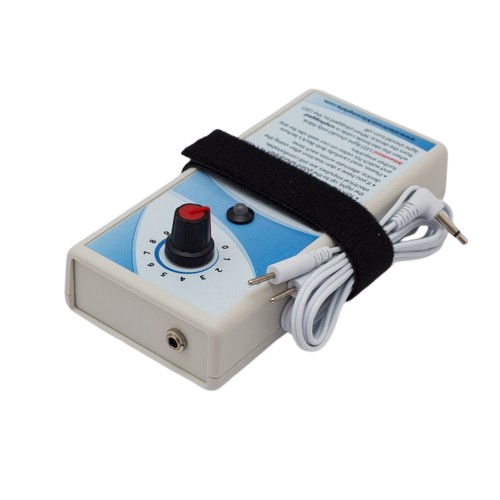Luigi Galvani
(1737-1798) was an Italian physician and physicist who played a crucial role in the field of bioelectricity. He is best known for his pioneering experiments that laid the foundation for the understanding of how electricity influences the nervous system and muscles.
Galvani’s most famous experiment involved dissecting frog legs and observing their response to electrical stimulation. He discovered that when he touched the muscles and nerves of the frog’s leg with two different metals, such as copper and iron, a twitching movement occurred. He called this phenomenon “animal electricity” and believed that it was generated within the animal itself.
Galvani’s observations led him to propose the theory that there was a vital force, or “animal electricity,” inherent in living organisms. He suggested that this force was responsible for the coordination of movement and other physiological processes. Galvani’s work challenged the prevailing belief in “vitalism” at the time, which held that living organisms possessed a special life force that set them apart from inanimate matter.
His experiments and theories had a significant impact on the scientific community, sparking further investigations into the nature of electricity and its role in biological systems. Galvani’s nephew, Giovanni Aldini, further expanded on his work and conducted public demonstrations of electrical stimulation on human corpses, which generated public fascination and laid the groundwork for the field of electrotherapy.
Galvani’s contributions to the understanding of bioelectricity and his exploration of the connection between electricity and muscle contractions were instrumental in the development of electrophysiology, which studies the electrical properties of biological tissues. His work also paved the way for the development of electrical stimulation techniques, such as transcutaneous electrical nerve stimulation (TENS), which are used today for pain management and rehabilitation.
While some of Galvani’s theories, such as the concept of “animal electricity,” have been superseded by modern scientific understanding, his discoveries and investigations marked a significant milestone in the study of the electrical properties of living organisms and laid the groundwork for subsequent research in the field of bioelectromagnetism.
